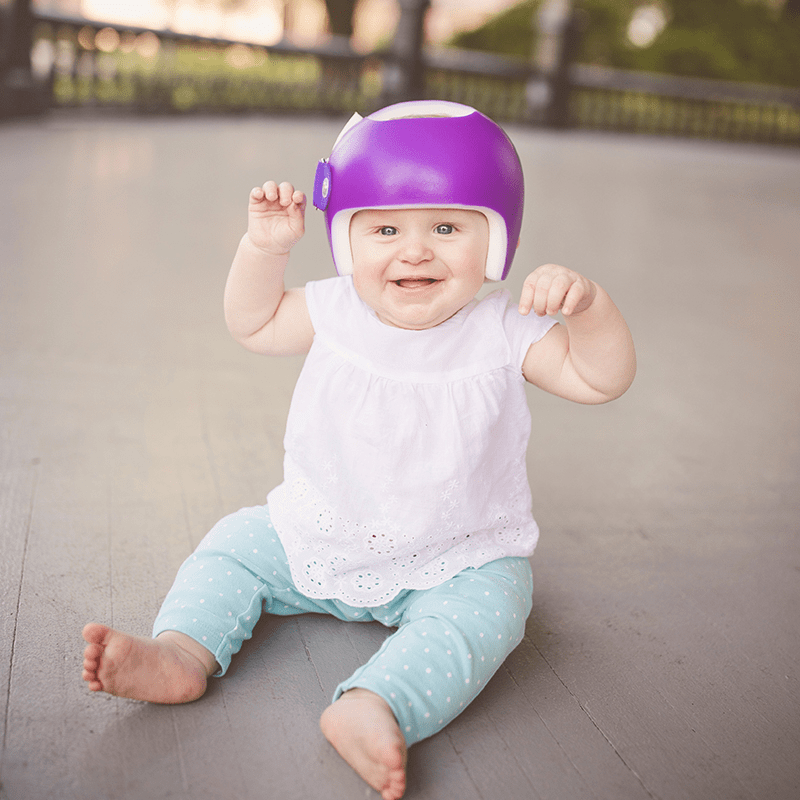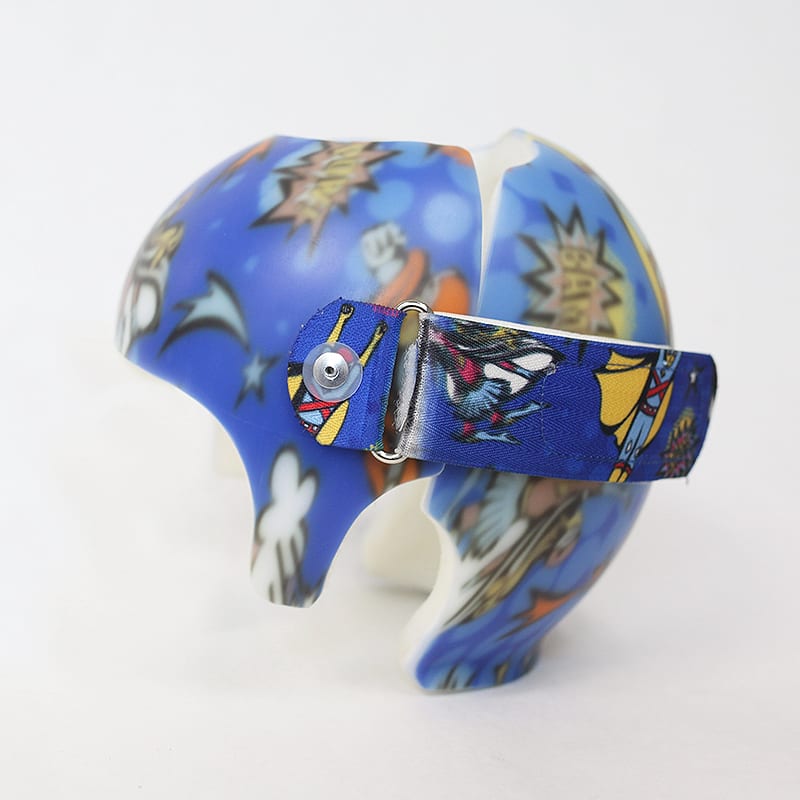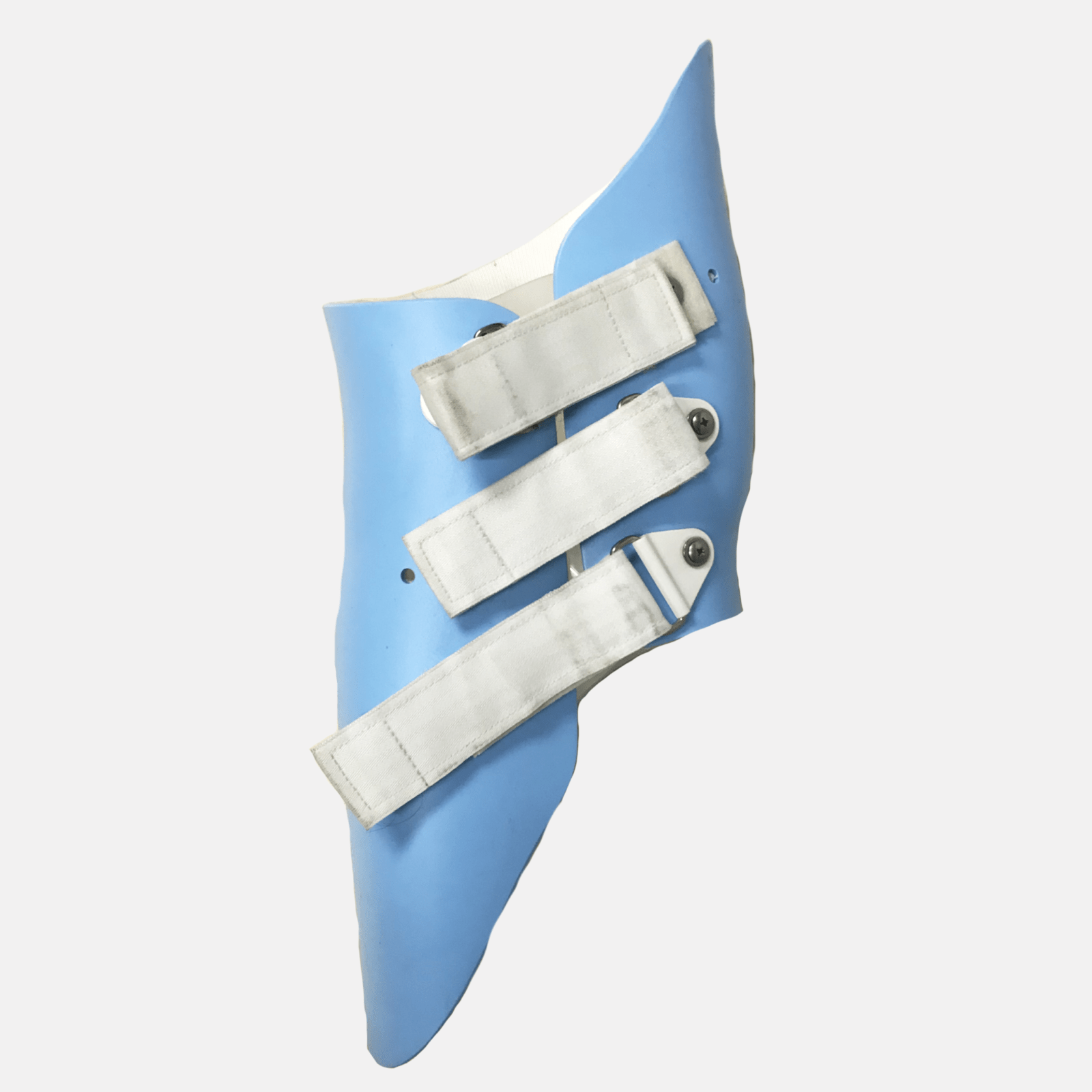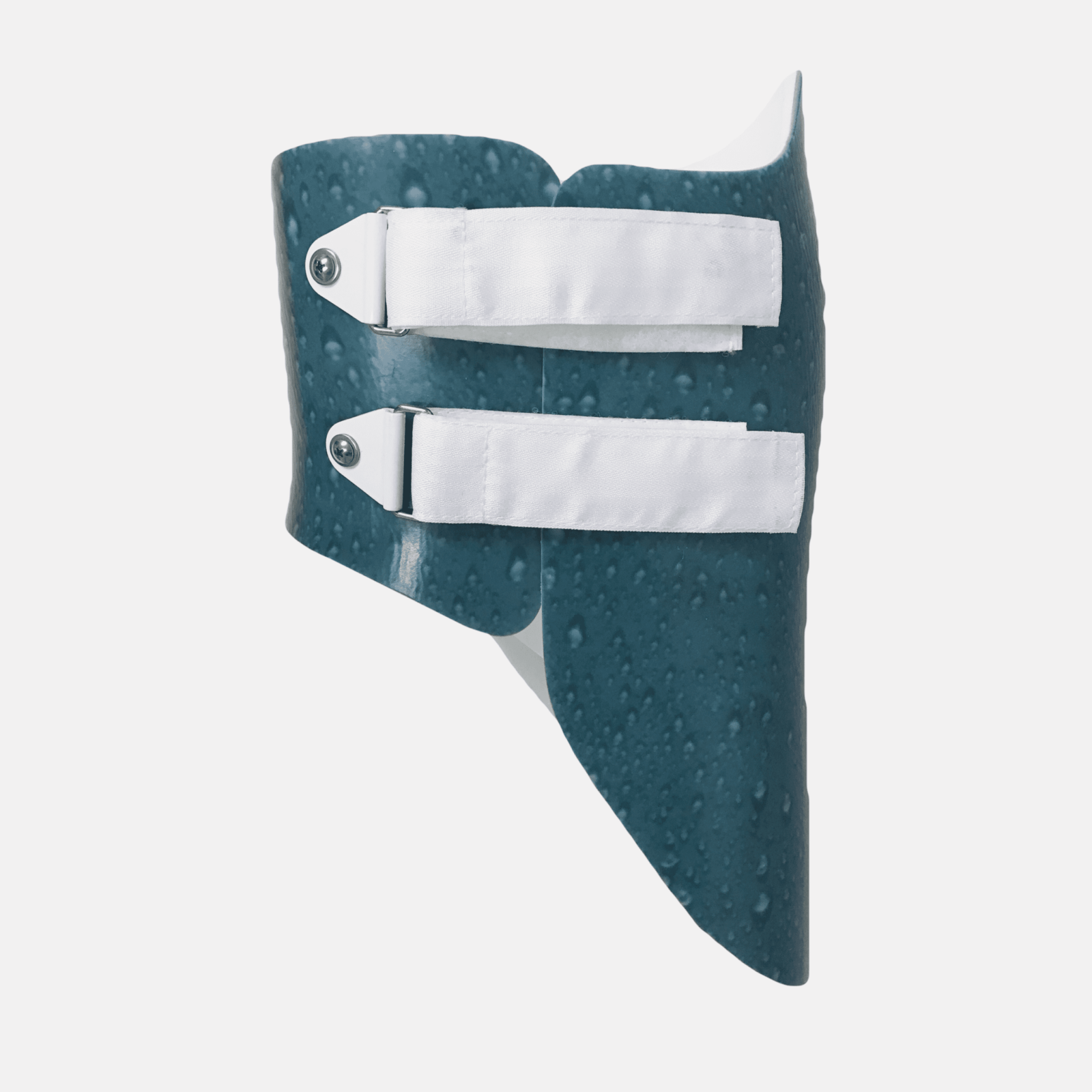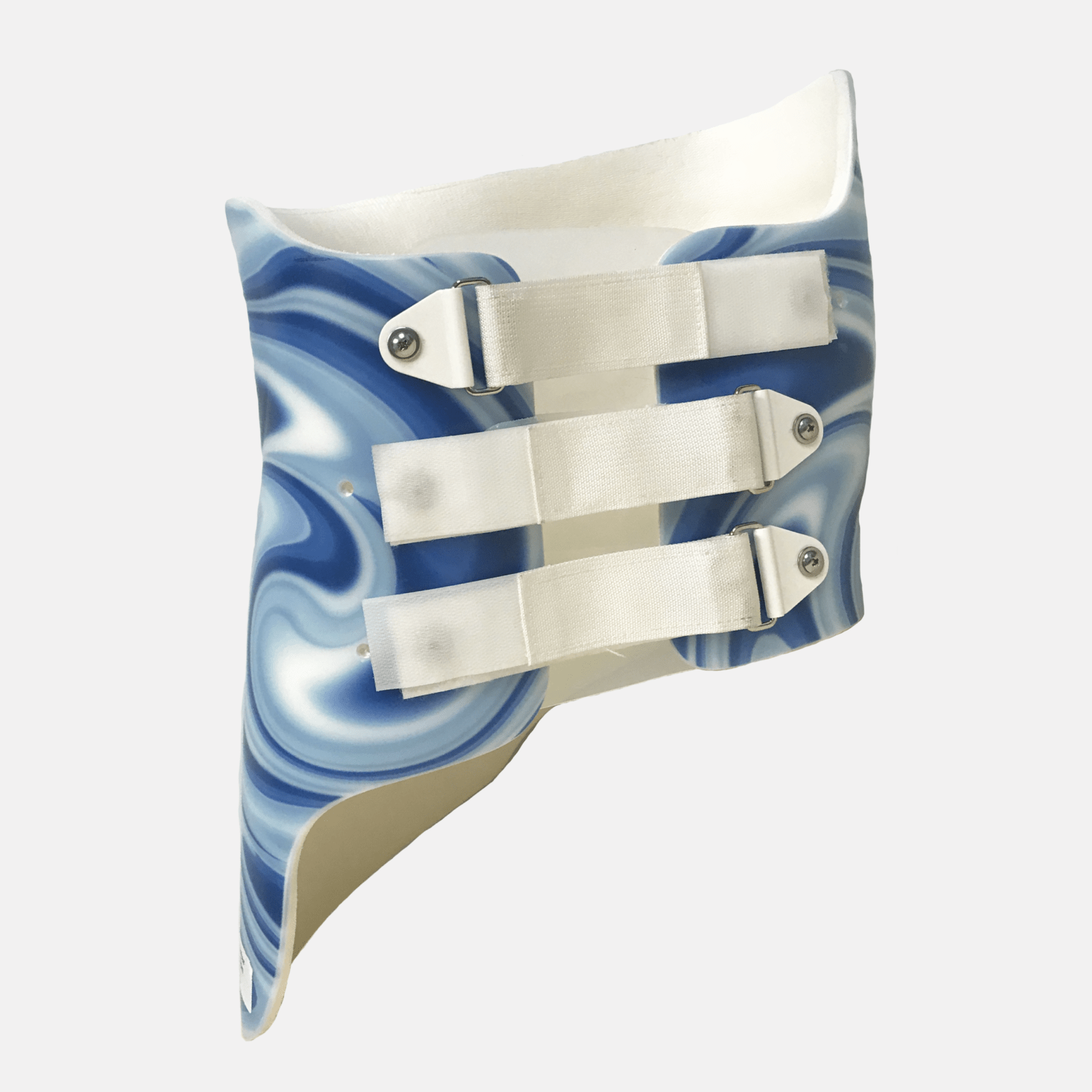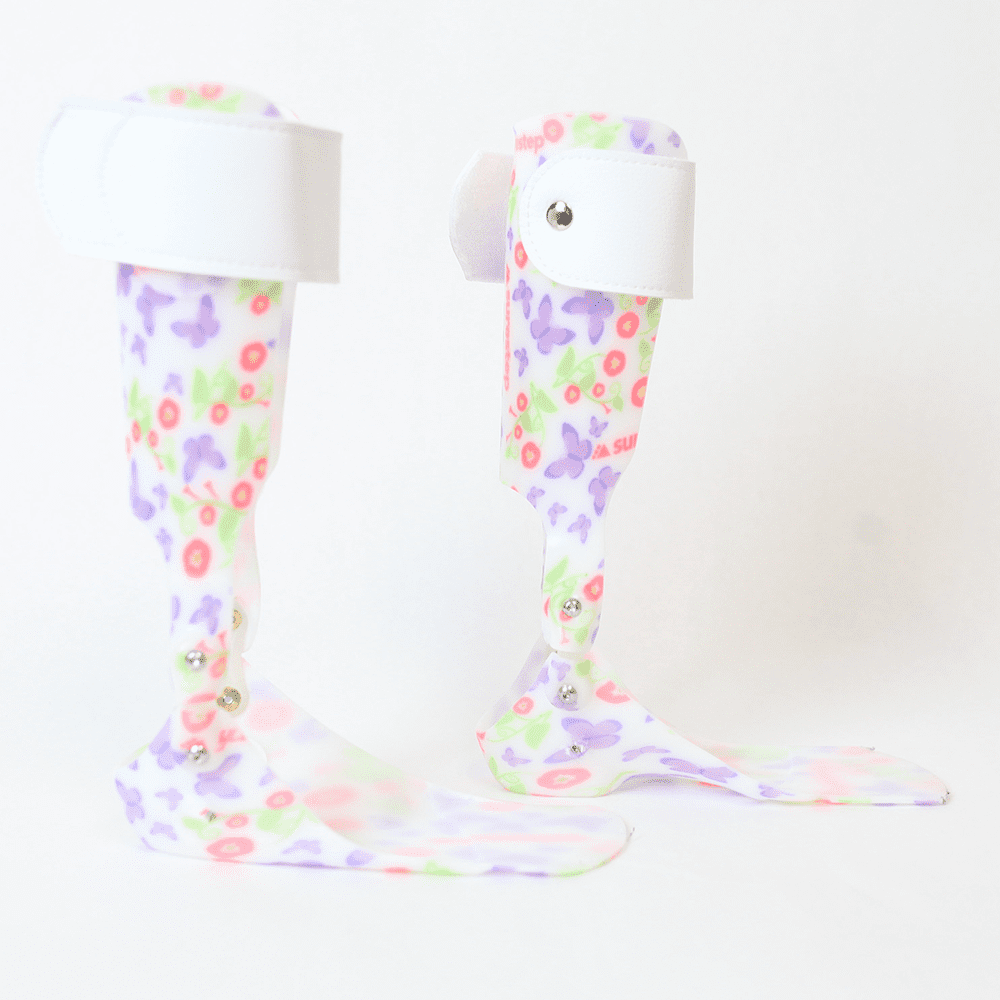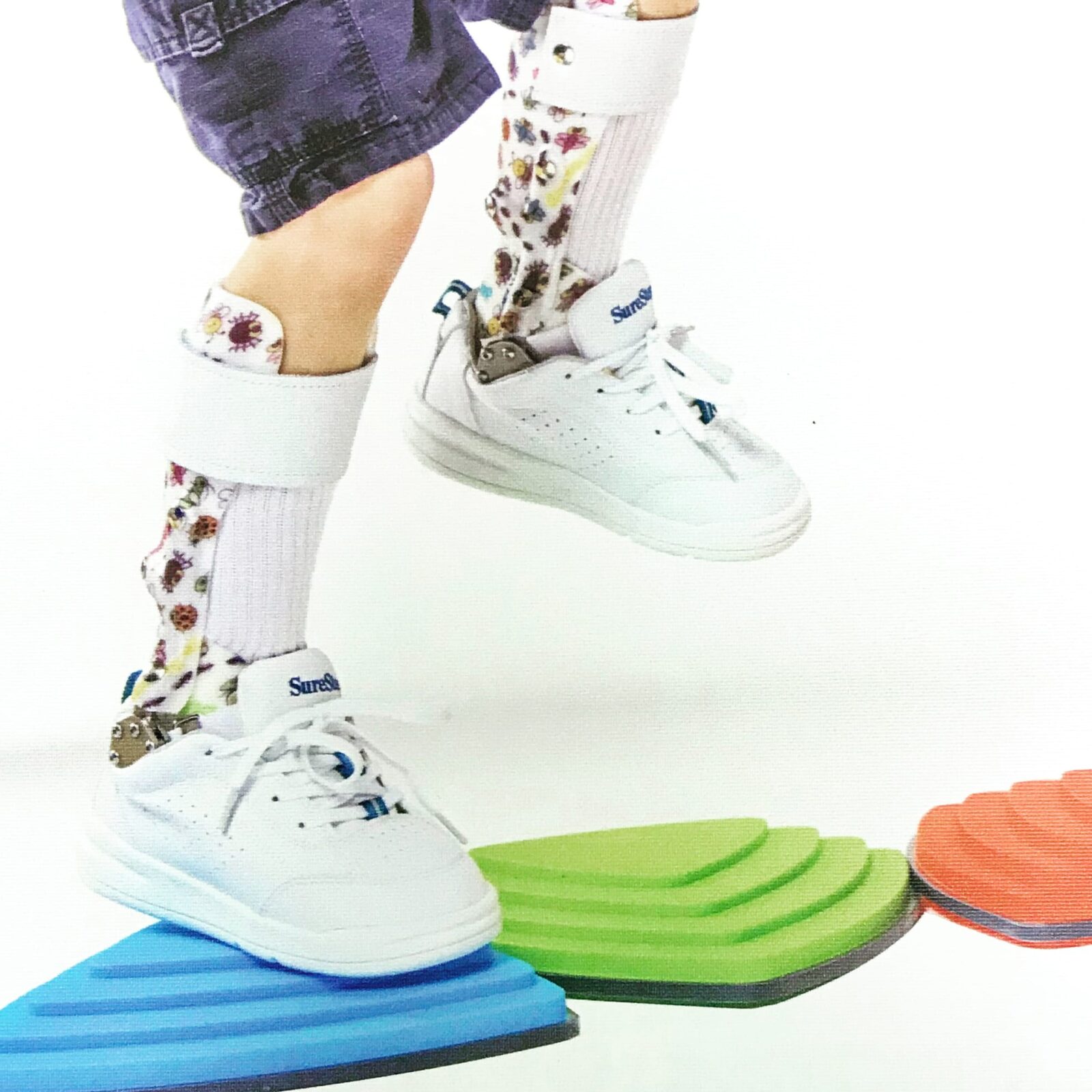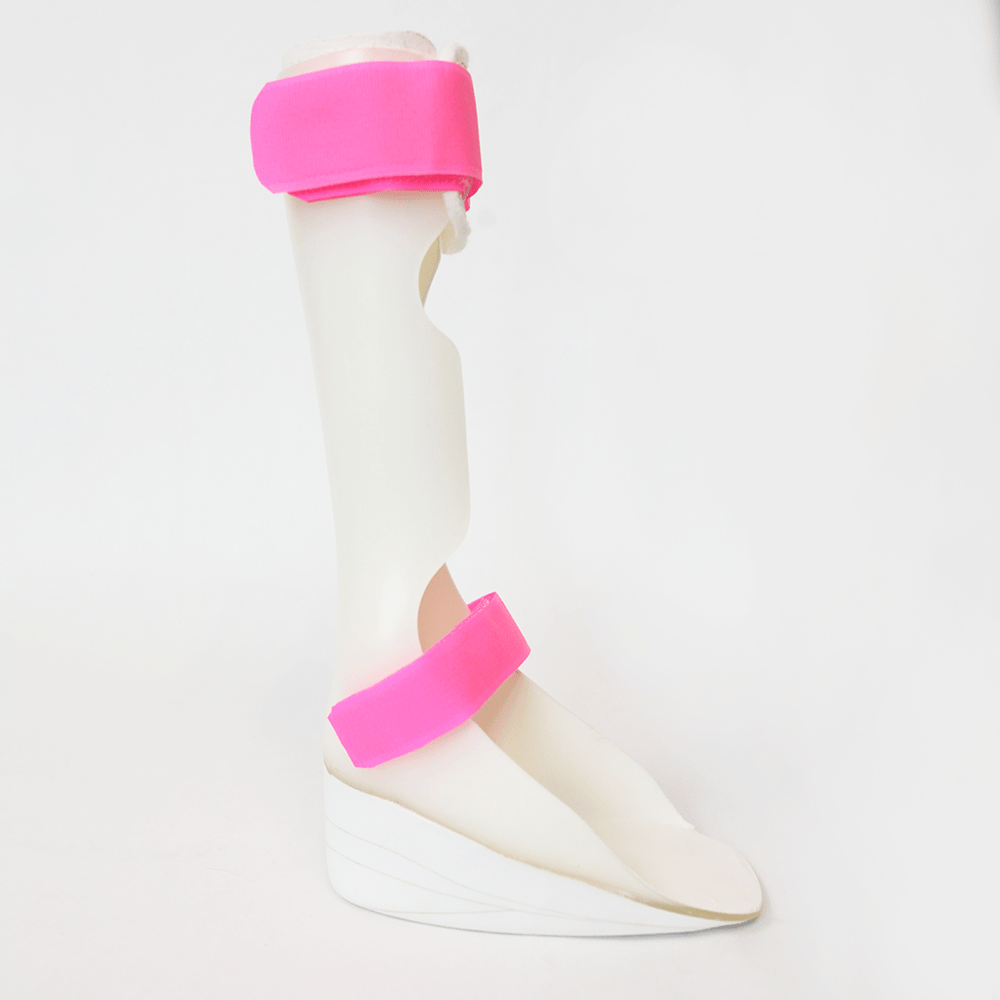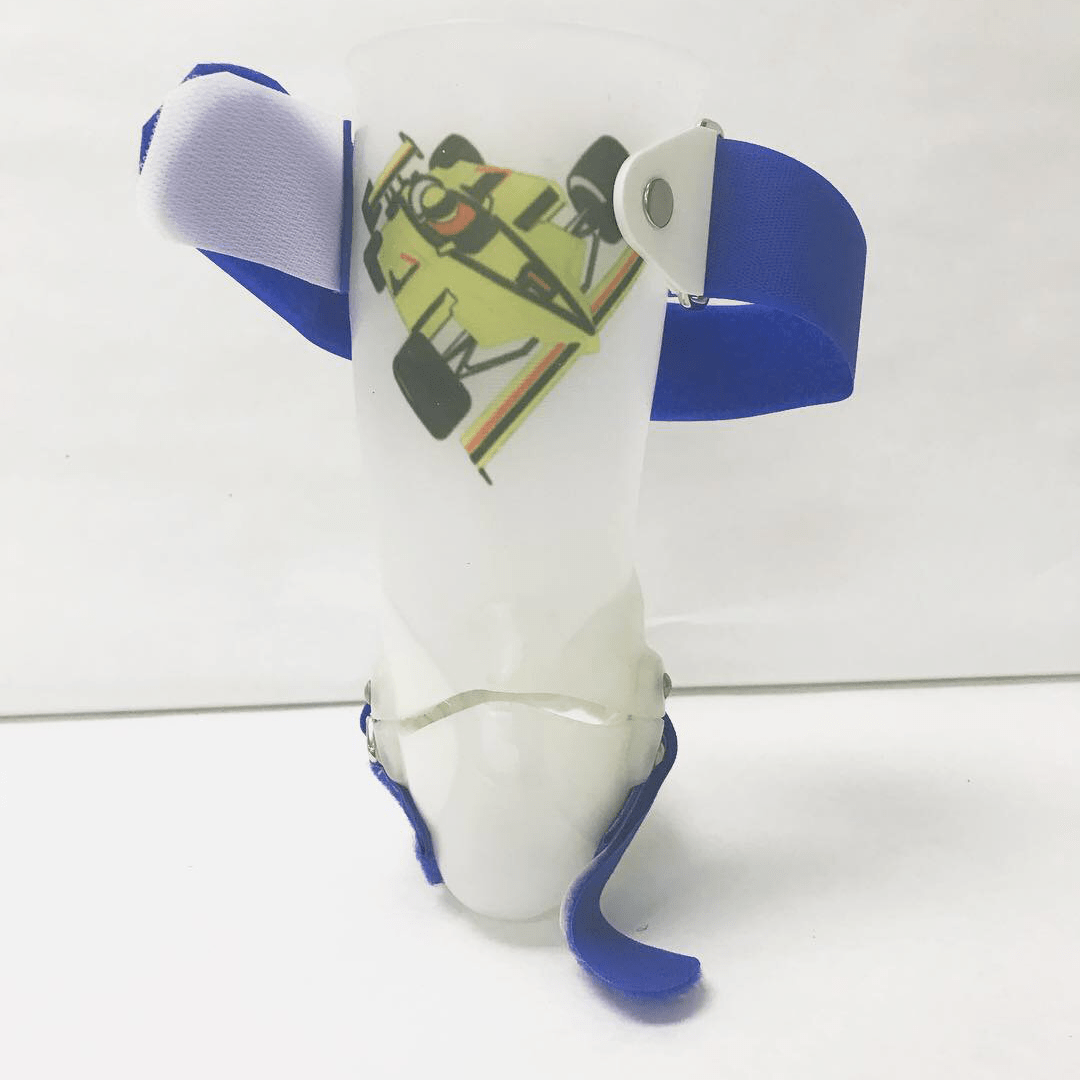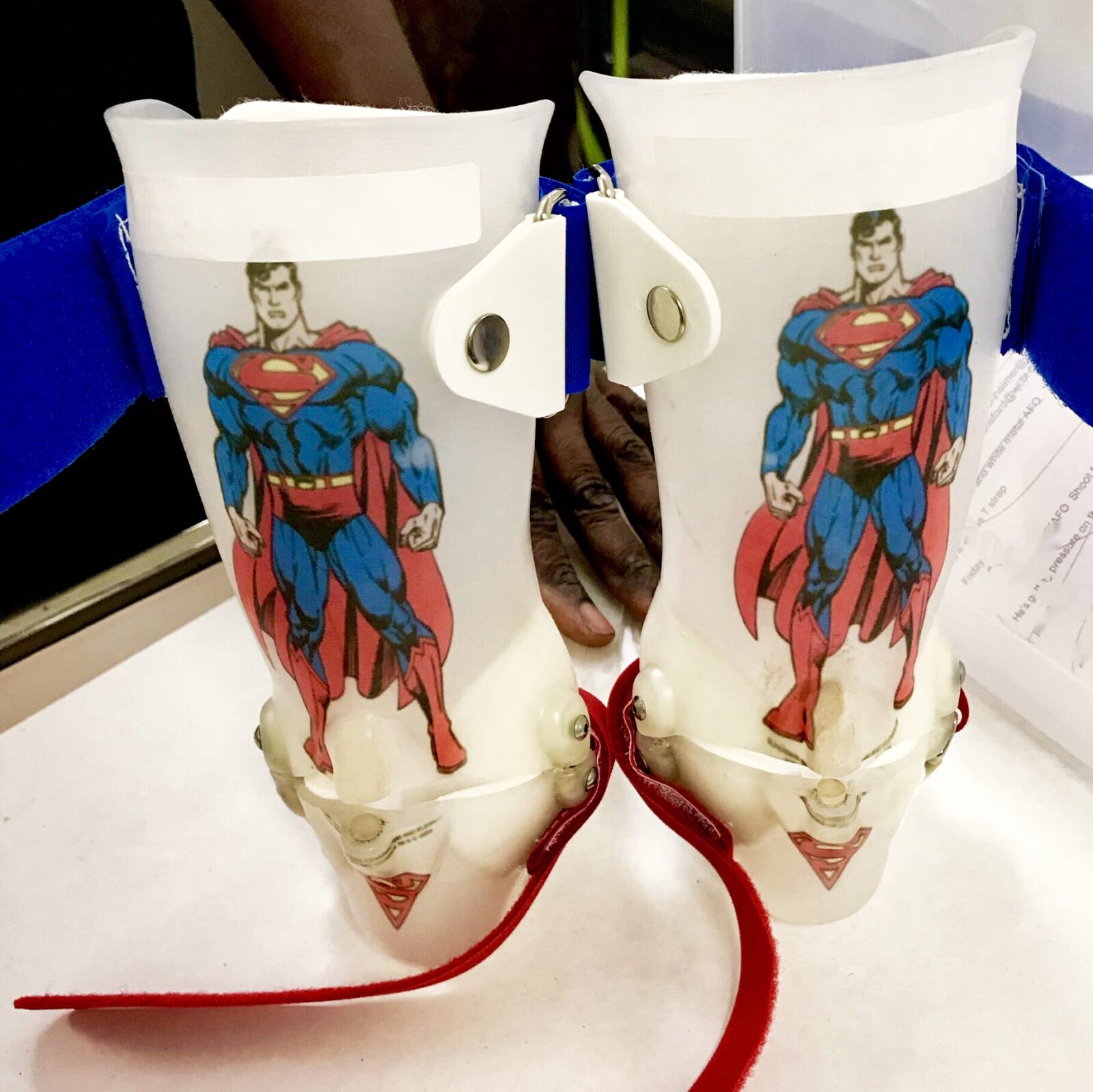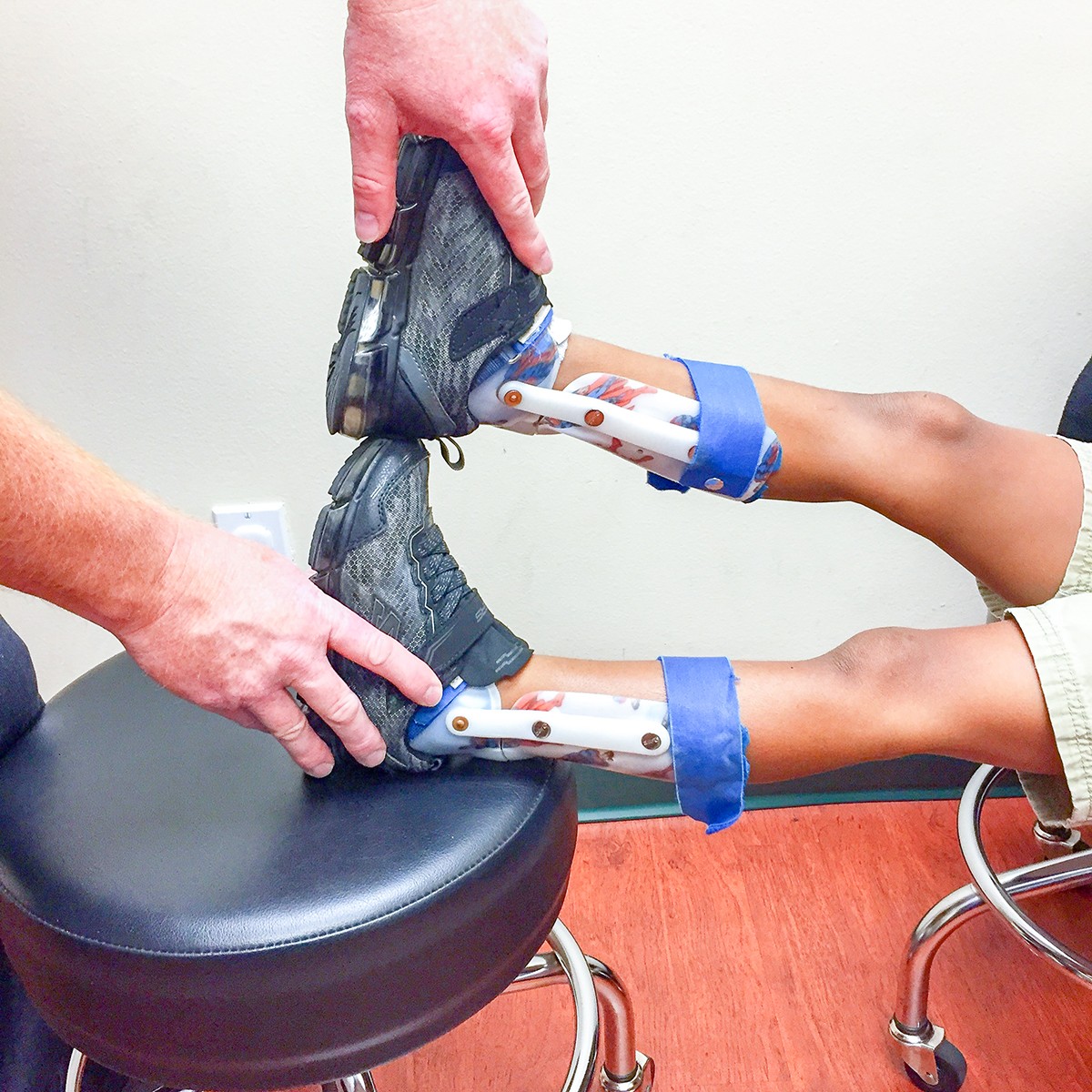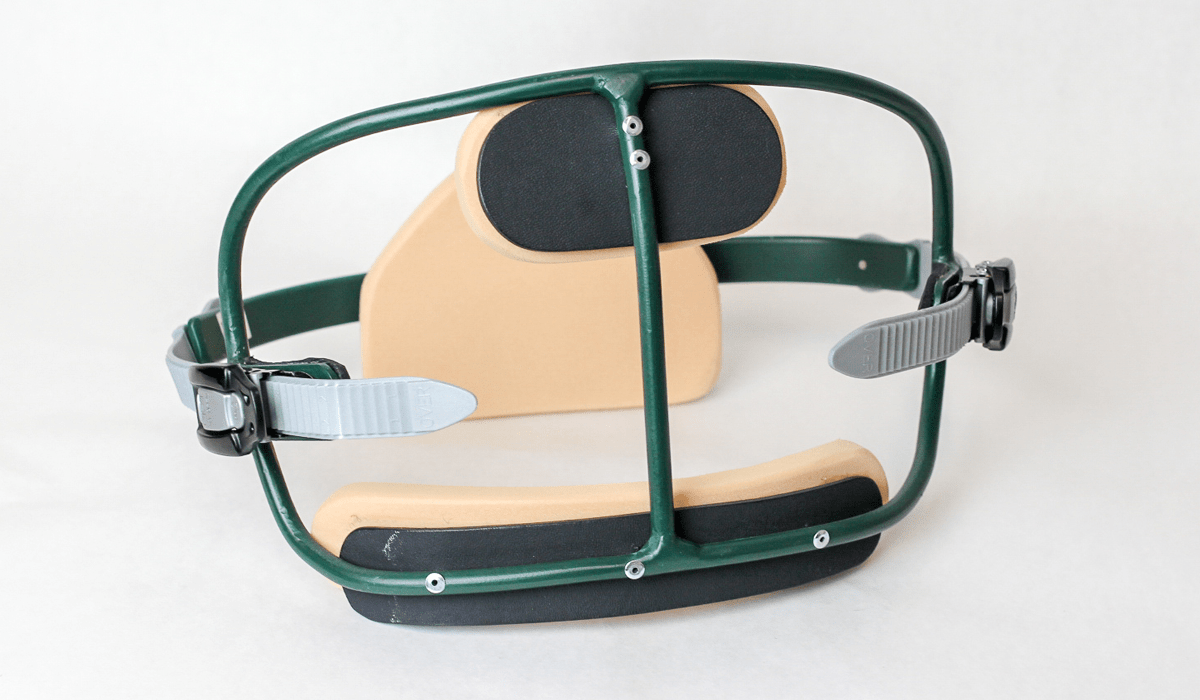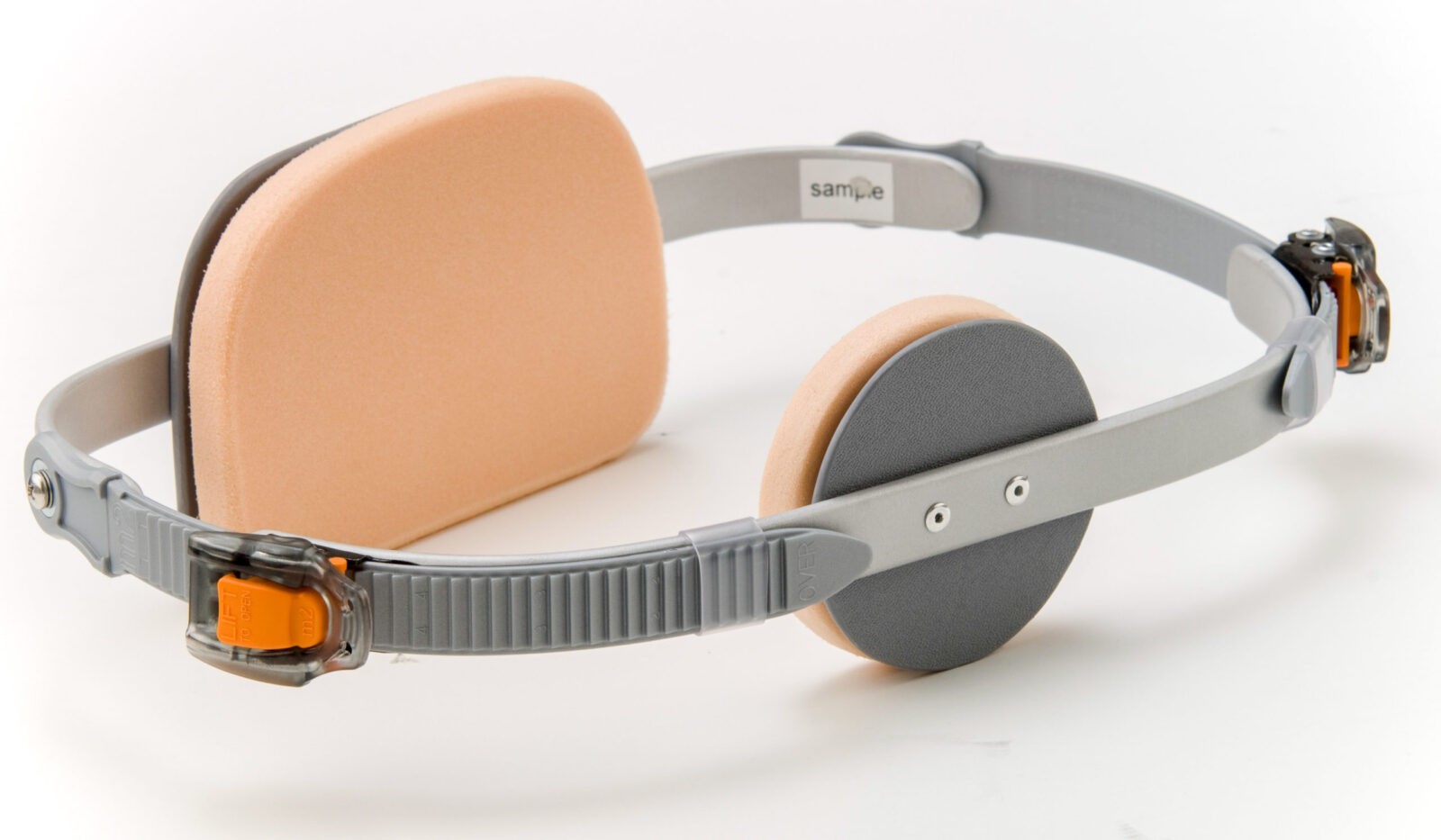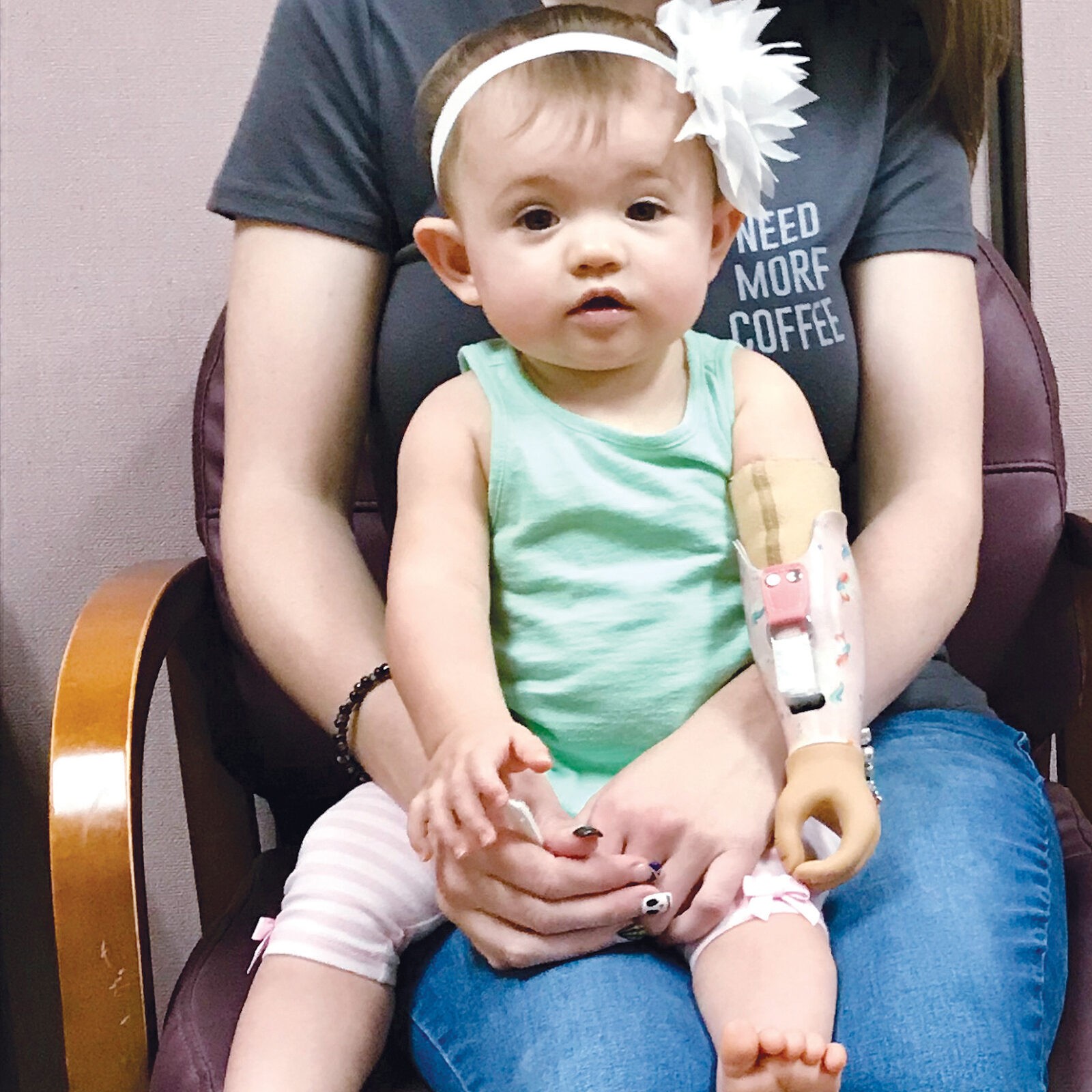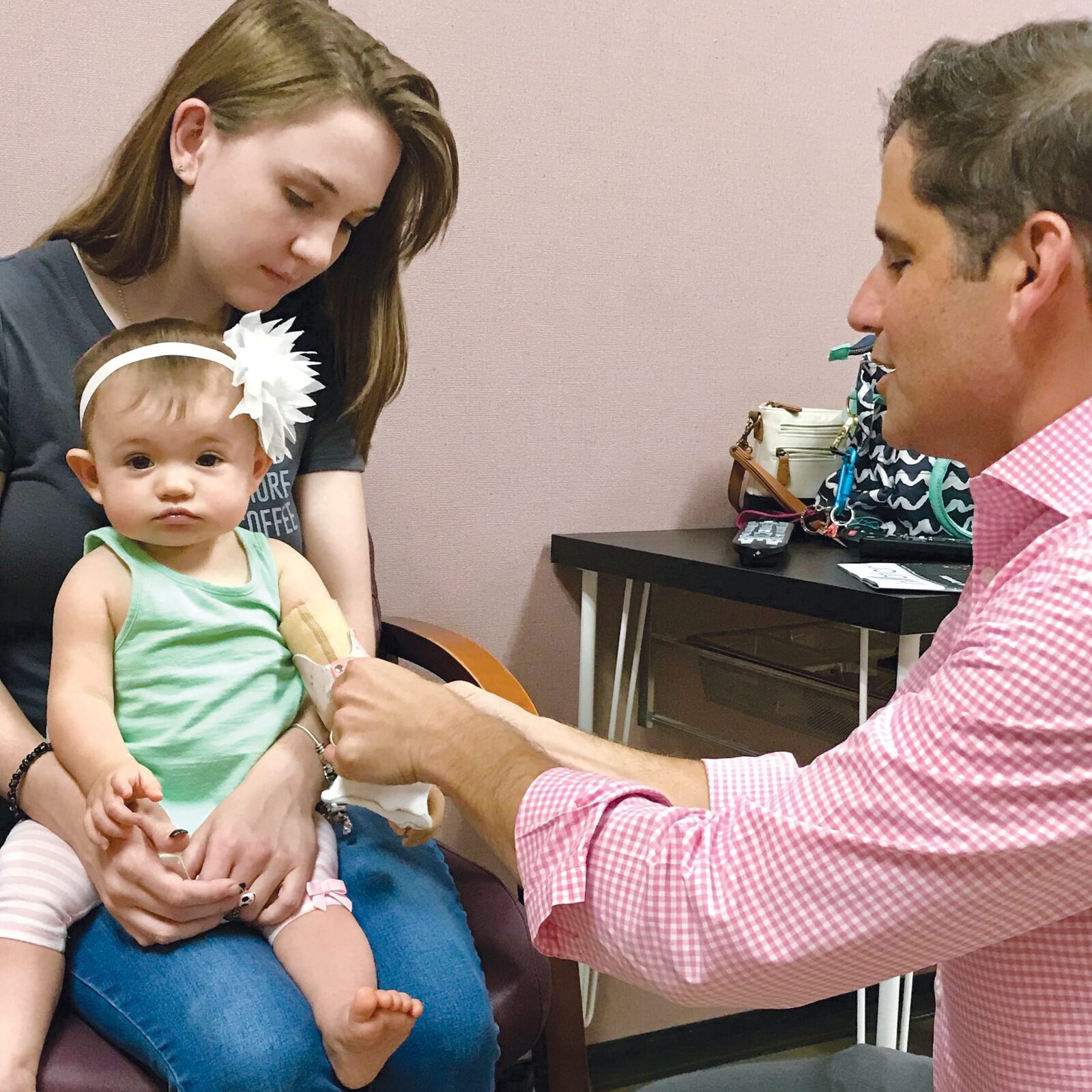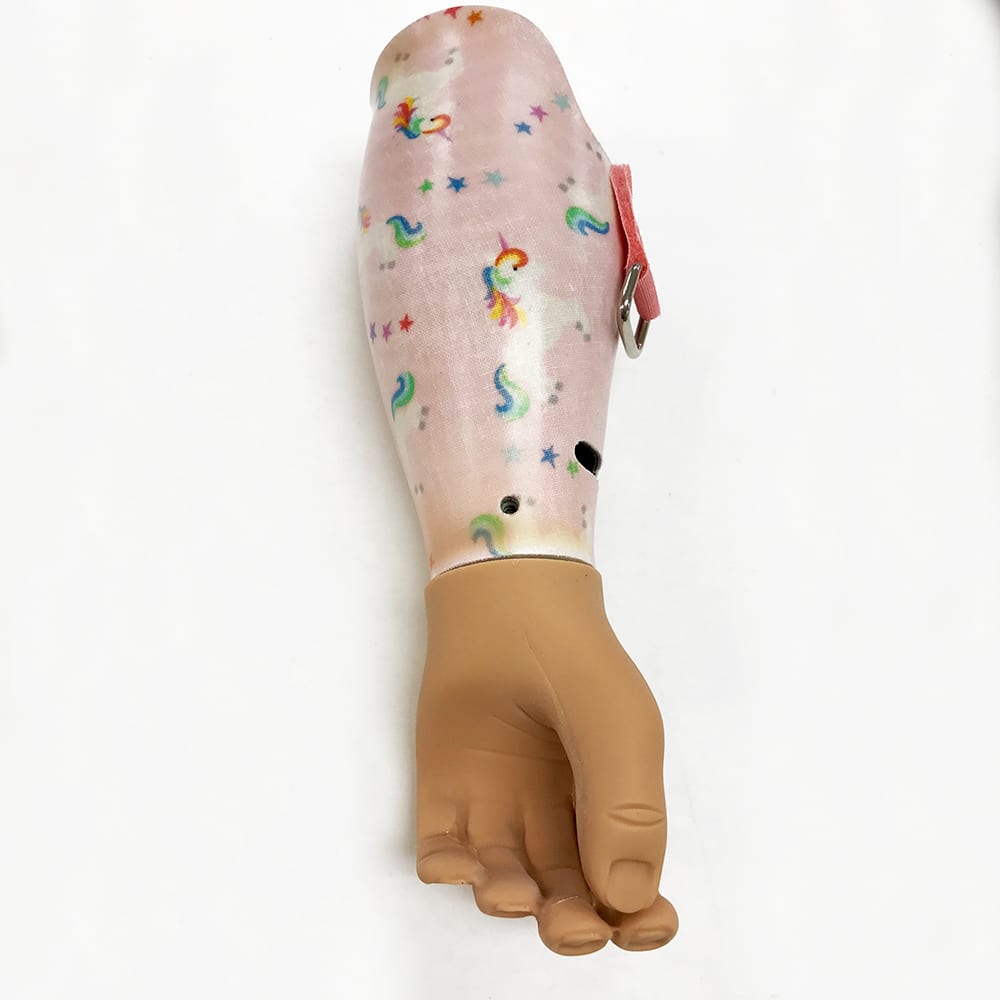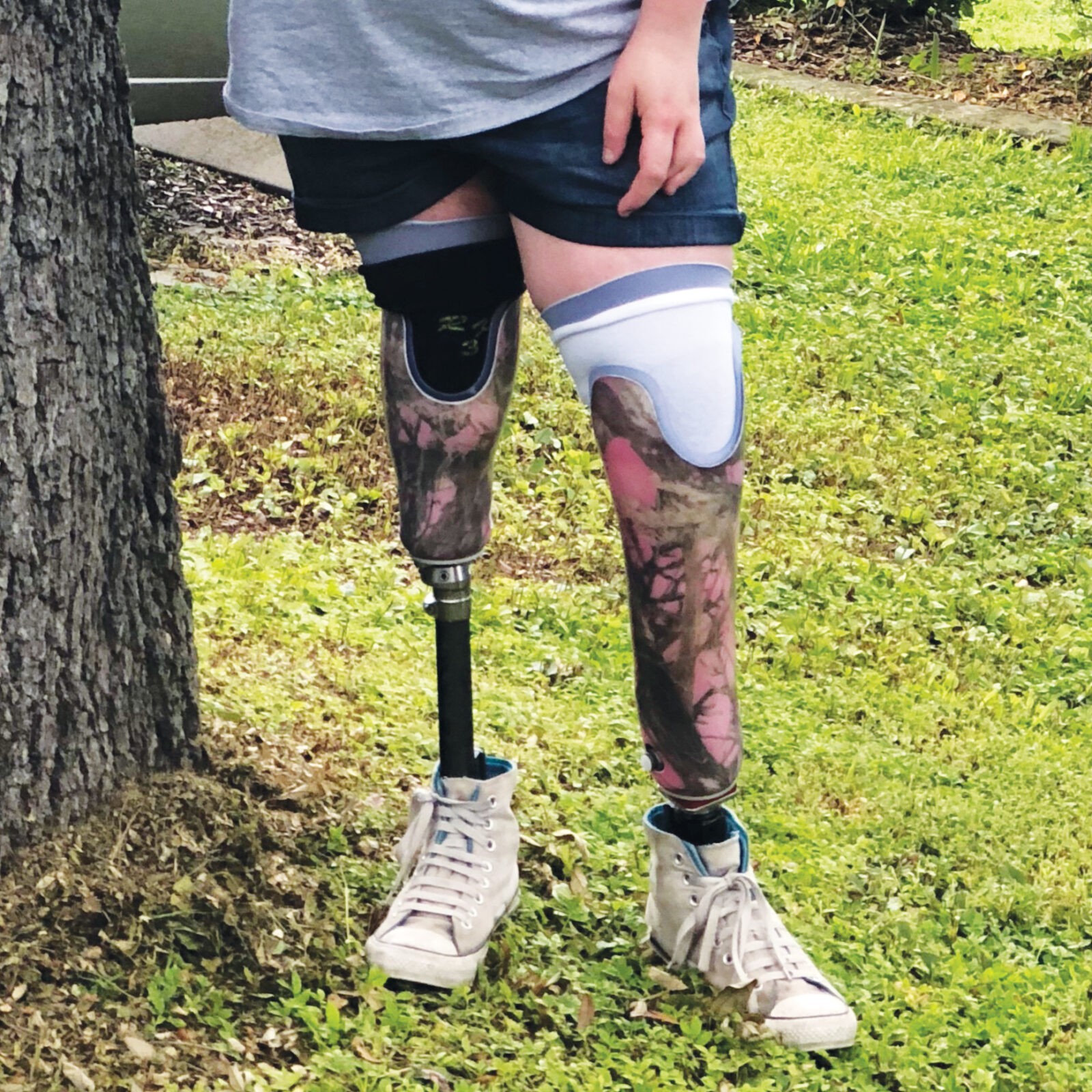
We help children get back their mobility and their confidence. We understand their unique needs and fit them with easy to use and effective devices that do not hinder their normal, everyday activities. Whatever kind of pediatric care your child needs, we will do whatever it takes to give your child the very best, most compassionate care possible.
Click through the photo galleries below to view the variety of custom prosthetics and orthotics available.
CRANIAL REMOLDING
It is not uncommon for babies to be born with an asymmetric head shape, or to acquire the condition as a result of sleep habits or crib placement. You or your child’s physician may have identified some asymmetry or flattening in your child’s head shape. We understand this can be alarming but do not worry as it is completely treatable. There are many classifications of head shapes, the most common type is plagiocephaly, sometimes called “flat head syndrome.” These conditions can be effectively managed through noninvasive treatment methods.
SCOLIOSIS BRACES
We offer a range of devices for adolescent idiopathic scoliosis, allowing our team to determine the best design choice to treat each unique curvature and provide the patient with the best opportunity for a successful outcome. The challenge with bracing is the guarantee that the adolescent is wearing his or her brace 23 out of the 24 hours in a day. As an alternative, there is development of a few underarm scoliosis braces that are worn only while the patient is sleeping. Nighttime only wear frees the adolescent of the negative body image, allowing full participation in normal, social, athletic, and academic activities.
SUPPORT GROUPS
The support group Curvy Girls, has a plethora of information to help adolescent girls better understand and cope (from clothing tips to handling questions about your brace) with having scoliosis.
www.curvygirlsscoliosis.com.
The National Scoliosis Foundation is a patient-led organization, dedicated to improving the lives of those living with scoliosis and other spinal deformities. They ensure patients and their families have a way to communicate and get the answers they need.
www.scoliosis.org
ORTHOTICS
Giving children the chance for better mobility allows them the opportunity to experience a wider range of activities and achieve more success in their activities. We work with children and their care teams to ensure that the best solution for the child is reached. We provide orthotic solutions unmatched in quality, fit, and function that are created to meet each child’s individual needs. We offer both, custom orthotic devices made in our on-site fabrication lab and industry manufactured products from trusted partners, finding exactly the right fit for every child.
Upper Extremity Orthotics: There are a wide variety of reasons we may see a child who needs an upper extremity orthotic device. Each child receives individual treatment based on his or her unique needs. The most common devices we use for pediatric upper extremity patients are Benik Splints and a variety of other positioning and functional support devices.
Lower Extremity Orthotics: Most commonly we will treat a child or adolescent for stability or immobilization needs with lower orthotic devices and supports made for the leg, hip, knee, ankle and foot. Lower-extremity orthoses are specifically designed for the child’s functional needs, whether ambulatory or non-ambulatory. We make orthotic devices to optimize proper control without resisting the desired range of motion for activities or creating complications. We initially make the child’s device to provide maximum stability and then later adjust it for less stability and more voluntary control as the child progresses.
PECTUS CARINATUM
Pectus Carinatum, colloquially referred to as “pigeon chest,” is one of the most common chest wall deformities. It usually is first noticed around the child’s eleventh birthday. Pectus Carinatum occurs when a patient’s chest is pushed outward. This outward appearance is caused by the sternum (breastbone) being pushed out by the ribs, or because the sternum itself is angled outward along the chest’s mid-line. The severity of this abnormality generally worsens during growth spurts in late childhood/adolescence.
Treatment for pectus deformities should begin when the child is at least beginning his or her pubertal growth spurt. At this time, when the chest wall is more fully developed, the risk of recurrence and complications is minimized.
Bracing may be an alternative to a surgical approach to treatment. We developed The WPC Compressor brace, a custom fabricated brace designed to gently apply pressure to the sternum, gradually correcting the structure of the chest wall. For best results, the brace should be worn 23 hours a day, 7 days a week. The child may remove the brace for bathing and/or swimming. The brace is typically utilized for one year.
PROSTHETICS
Prosthetics for children are very different than prosthetics for adults. Although the technology and the principles remain the same, children handle their prosthetics in their own way. We specialize in:
• Lower Limb Loss
• Upper Limb Loss
• Athletic Prosthetics
• Partial Foot Prosthetics
• Partial Hand Prosthetics
• Running Prostheses
• Myoelectric / controlled upper extremity prostheses
• High Realism Silicone Restorations
We aim to make the children feel as comfortable as possible, while fitting them with a prosthesis that enables them to be a child, and lead a normal active life.

FUNCTIONAL ELECTRICAL STIMULATION (FES)
Functional Electrical Stimulation for the treatment of foot drop is available with the Pediatric WalkAid System. This system provides a more dynamic foot drop solution for children with specific features that address the unique needs of the pediatric population.
A personal evaluation by one of our licensed practitioners will determine if an electrical stimulation device is best suited for a child’s particular presentation, lifestyle, and goals.
MEET JOURNEY
Journey is a nine year old golden retriever born with most of his left front paw missing. He was brought to Westcoast Brace & Limb seven years ago and successfully fitted with a custom designed, high-tech prosthetic paw, which is a carbon fiber design providing shock absorption, flexibility and energy return, much like a prosthetic foot designed for humans. Journey continues under the care of WCBL President Greg Bauer, LPO, CPO, coming in for regular prosthetic adjustments and the occasional dog biscuit, dispensed by members of the WCBL staff.


